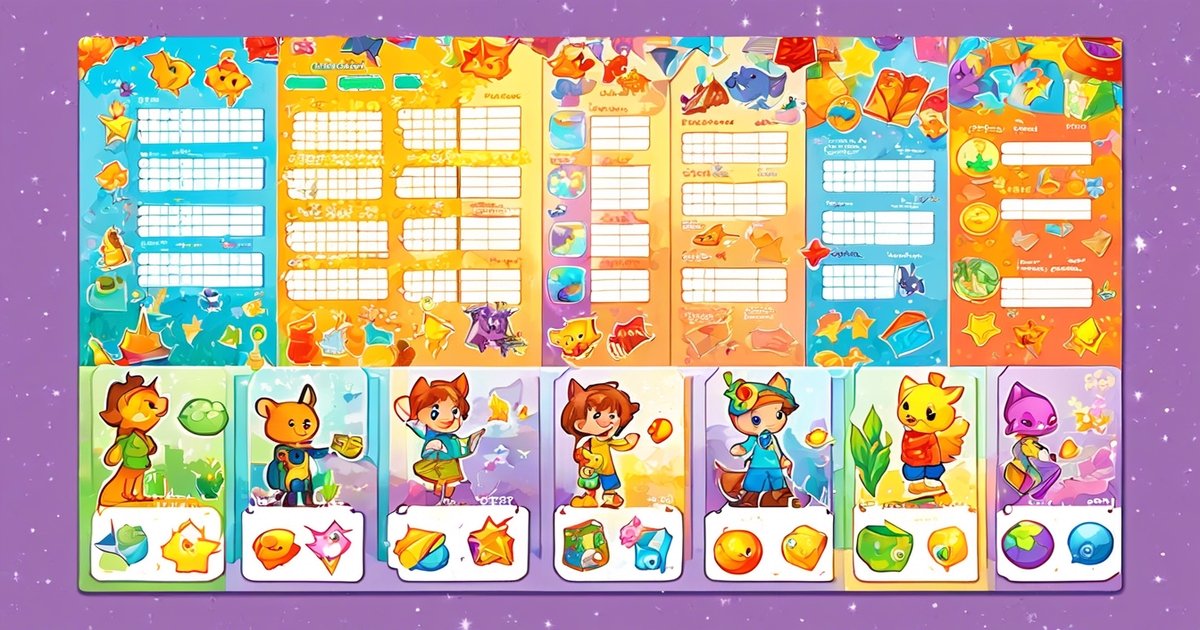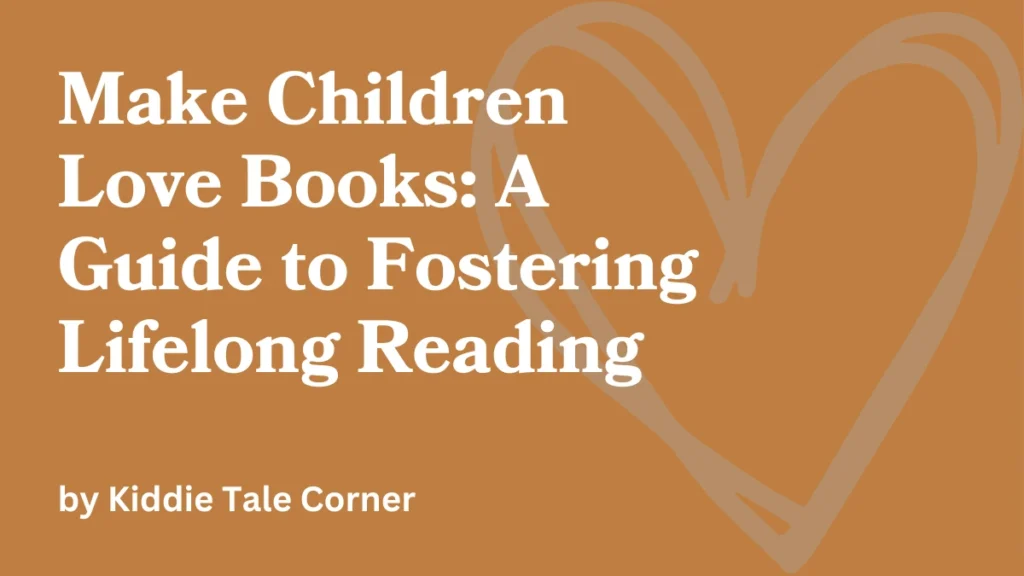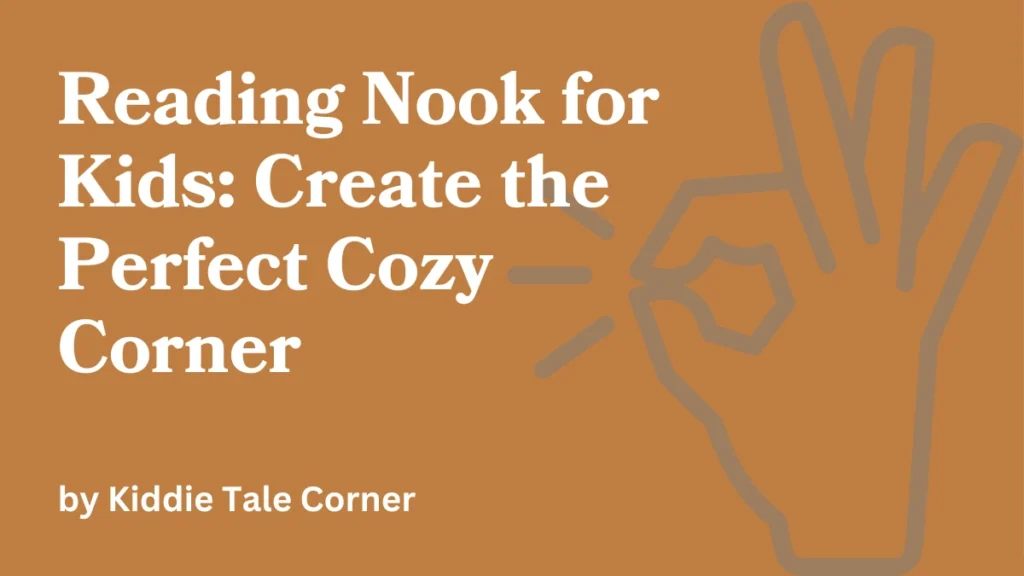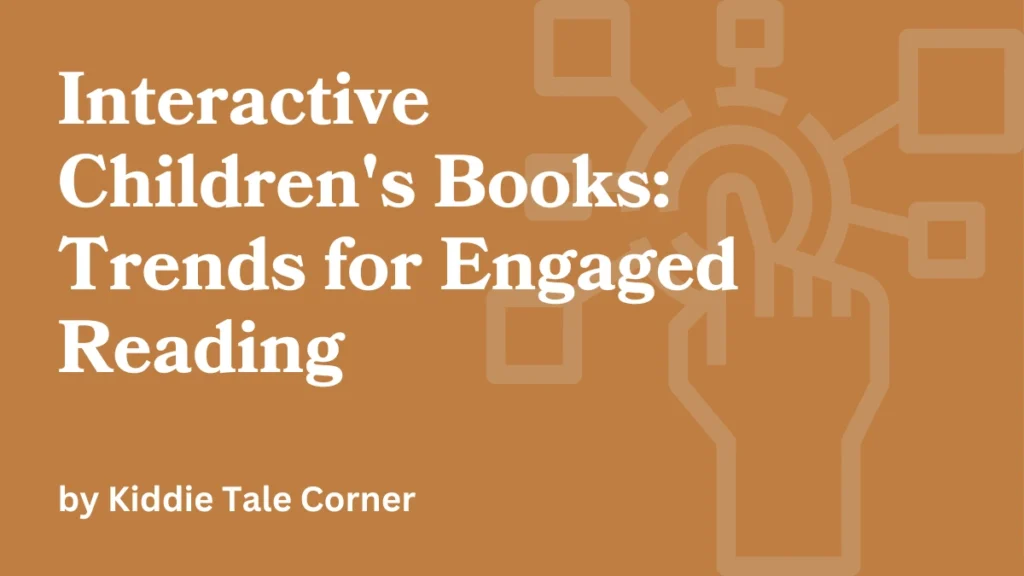Transforming the ‘must’ into ‘can’t wait’ when it’s reading time can make children love books, changing the game in your child’s world. While screens often win the attention battle, good reading habits and books hold the power to unlock imagination, inspire lifelong learning, and contribute to productive work. Making children love books is not about forcing pages on them; it’s about lighting that spark of curiosity and joy that turns a casual flip through into an adventure they seek out themselves. With simple strategies, you can weave stories into their daily routine, making books a treasure trove of fun they’re eager to explore.
Creating bookworms in an age where digital distractions are king may seem like climbing Everest in flip-flops, but fear not! The secret lies in making each book irresistible, turning storytime into a highlight rather than homework. Let’s dive into how you can make children reach for books with the same excitement as their favorite toys.
Cultivating a Reading Culture at Home
Reading-Friendly Environment
Creating a special spot for reading can make books more appealing to kids. Designate a cozy corner in your home as the reading nook. This should be a place where children feel comfortable and happy. Fill it with cushions, bean bags, or small chairs that invite them to sit down with a book.
Ensure there is plenty of light in this area. Good lighting helps keep their eyes healthy and makes reading easier. Natural light is best during the day, but also have lamps for evening reading times.
Keep the reading space quiet and free from things that could take attention away from books. Turn off TVs and gadgets when it’s time to read so kids can focus on their stories without distractions.
Creating a Routine
Having set times for reading every day teaches kids to make books part of their lives. Try setting aside time after school or right before dinner for quiet reading. A routine helps turn an action into a habit.
Bedtime is perfect for calming stories that help children wind down after busy days. You might read together or listen as they tell you about what they’ve read.
A reading log encourages kids too! They can write down what they read each day or week, which shows them how much progress they’re making over time.
Library Visits
Regular trips to the library are like adventures where new worlds await! Plan these outings so children look forward to exploring new titles each visit.
Many libraries host story hours and fun events just for young readers. These activities bring stories alive and let kids experience joy around books with others their age.

Letting children choose what they want to read empowers them; it tells them their interests matter. When kids pick out books themselves, they’re more excited about reading those selections because it was their choice.
-
Designate one corner as the “book zone”
-
Ensure proper lighting
-
Keep distractions away
Engaging Young Readers
Age-Appropriate Selection
To make children love books, it is key to choose the right ones. Books should match a child’s reading level. This means not too easy but also not too hard. Kids feel good when they can understand and follow a story.
For young readers, it helps to mix up the types of stories. Some kids like tales of adventure or fantasy, others prefer facts about animals or space. Find out what excites them and get books on those themes.
Different Book Types
Offering various kinds of books can spark interest in reading. Picture books are great for younger kids because they combine images with words. This makes reading fun and less daunting.
Chapter books are good for older kids who are ready for more complex stories without pictures on every page. Audiobooks can be helpful too; they let kids enjoy stories when they’re tired or traveling.
It’s important to have both fiction and non-fiction options available for children to choose from:
-
Fiction lets them explore new worlds.
-
Non-fiction teaches them about real things around us.
Comics, poetry, and graphic novels add even more variety to their choices.
Interactive Reading
Asking questions about the book keeps a child engaged while reading together:
-
“Why do you think she did that?”
-
“What would you do if you were in his shoes?”
Encourage them to guess what might happen next in the story:
-
“Who do you think took the cookie?”
-
“How will they find their way home?”
Talking about how characters feel helps children understand emotions better:
-
They learn empathy by seeing things from someone else’s view.
Nurturing Early Reading Habits
Birth to Five Years
Reading aloud to young children is a key way to make them love books. Even babies enjoy hearing their parents’ voices. Read aloud daily, even if they can’t understand the words yet. They learn by listening.
Board books are great for little hands. Kids can touch and feel these books without tearing them. It makes reading fun! Choose ones with bright pictures and simple words.
Colorful picture books catch kids’ eyes. Look for ones with big, bold images and not too many words on each page. This keeps their attention and helps them connect pictures with words.
Building Literacy Skills
Knowing letters is the first step in learning to read. Play games that help kids recognize different letters. Use blocks or magnets that have letters on them.
Phonics teaches how sounds match up with letters. Start this early so kids get used to it as they grow up.
Word games like “I Spy” or rhyming games build vocabulary in a playful way.
Encourage kids to write, too! Give them crayons and paper so they can scribble stories of their own.
Choosing the Right Books
Engaging Content
To make children love books, choosing stories that they can see themselves in is key. Kids connect with characters facing similar challenges or adventures. For example, a book about a child starting school might excite a kindergartener.
Books with interactive elements also draw kids in. Think of pages with flaps to lift or textures to touch. These features make reading fun and hands-on.
Another tip is to pick award-winning books. These titles have been praised for their ability to hold young readers’ attention. They often tell memorable tales that leave lasting impressions on children’s minds.
Visual Appeal
The look of a book matters just as much as its story, especially for younger readers. Bright and bold illustrations catch their eyes and spark curiosity.
Pop-up books are fantastic for visual stimulation too! Watching scenes leap off the page can turn reading into an exciting activity.
Lastly, consider how the book is put together – its layout and typography should be clear and simple enough for kids to follow along easily.
Interactive Reading Strategies
Parental Involvement
Reading with your kids is a key way to make them love books. Try to read together every day. This makes reading a special time for you both. Show that you’re happy about it! Your smile will tell them reading is fun.
Talk about the stories too. Ask questions like, “What do you think happens next?” This makes your child think and get more into the book. Share books you liked when you were young. They might become their favorites too!
Balancing Screen Time
Digital vs Physical Books
Digital books have changed how we read. They are easy to get and can be taken anywhere on a device. But physical books offer something special too. Holding a book in your hands feels different than tapping on a screen.

E-books let kids zoom in on pictures and find words quickly. Yet, paper books don’t need batteries or charging. This means they’re always ready for story time, even when the power is out.
The light from screens can tire our eyes. It’s called screen glare, and it’s not fun after lots of reading. Paper books don’t have this problem because they use natural light.
Screen Time Management
It’s important to set rules for reading with screens. Too much screen time isn’t good for anyone, especially children whose eyes are still growing.
You could say that only an hour each day is for e-books or educational apps. The rest should be with physical books, especially before bed.
Why? Because screens give off blue light which can make it hard to sleep if used too close to bedtime. Instead of tablets or phones at night, try giving kids regular books to help them wind down without the blue light keeping them awake.
Remember those interactive reading strategies we talked about? Mix those with real-life pages turning and you’ve got a winning combo!
Offering paper books as an option helps kids take breaks from screens throughout the day. They might enjoy picking up where they left off in their latest adventure without any digital distractions.
By encouraging both types of reading experiences – digital and physical – children will learn there’s a time and place for everything. This balance will help them love all kinds of stories no matter how they’re told.
Reading Progress Support
Milestone Celebrations
Children love feeling accomplished. Celebrate every book they finish. This makes them proud of their reading. Create a fun “reading milestones” chart together. Hang it where they can see it every day.
For each book or level they complete, add a sticker to the chart. Small rewards can be given for reaching new milestones. It could be more reading time before bed or picking the next story.

Marking the end of a series is also special for kids. Have a little party or create a craft related to the book’s theme. This turns finishing books into happy memories.
Positive Reinforcement
Always praise your child when they read, even if it’s just a page or two. Say things like “Great job!” or “I’m proud of you.” This encourages them more than only celebrating big wins.
Notice when they read better and tell them so! For example, say, “You read that word so well this time!” If they understand stories better now, let them know you see their progress.
Reward regular reading too, not just long hours once in awhile. Maybe give extra playtime on weekends if they’ve read during the week.
Introducing Nonfiction Early
Fact-Based Learning
Nonfiction books are treasures for young minds. They open up worlds of facts and real-life knowledge. Choose non-fiction that matches what kids learn in school. If they study dinosaurs, find a book about prehistoric life. This makes learning stick better.
Talk about the book’s facts with your child. Did they read about space? Ask them to tell you cool things they learned about planets or stars. It helps them remember more.
Kids can also have fun with reference materials like encyclopedias or atlases. They might discover the tallest mountain or the longest river and share these fun facts with friends.
-
Align books with school topics
-
Discuss what’s read to help remember
-
Explore encyclopedias for fun facts
Expanding Horizons
Books take us places we’ve never been before. Give children stories from different cultures to show them new ways of living and thinking.
Use these stories as a way to talk about big world issues or past events, too. A story set in another country can start a conversation on how people live there compared to here.
Biographies are great for showing kids real heroes from all over the world and history. Reading about someone who did amazing things can inspire children to dream big themselves.
-
Introduce diverse cultural literature
-
Use stories to discuss global topics
-
Read biographies of inspiring figures
Parenting and Reading Habits
Parenting Styles Impact
Different parenting styles shape how kids see the world. This includes books. Some parents are strict. They might pick books that teach lessons. Others are more easy-going. They may choose fun stories instead.
Parents who understand their style can make reading exciting for kids. For example, a parent who sets firm rules might use book time as a reward for good behavior.
Another way is to match books with what your family thinks is important. If you love nature, find stories about animals or plants.
Role Modeling
Kids copy what they see adults do. If they see you enjoying a book, they’ll want to try it too.
Try to read often where your child can watch you. Show them that reading is something grown-ups like as well.
Talk about the books you read with excitement! “Guess what I learned today?” This makes your child curious about reading too.
You could also connect things from your book to your kid’s life. “Did you know there are real treasure maps? I read it in my book!
Summary
Cultivating a love for books in your kids is like planting seeds that grow into trees of knowledge. You’ve got the tools: a cozy reading nook at home, a stack of engaging tales, and the know-how to make storytime interactive. It’s about picking stories that spark their curiosity and balancing the digital with the classic charm of paper pages. Support their reading journey, introduce them to the wonders of both fiction and nonfiction, and watch as they bloom.
Your role is crucial—be their reading hero. Show them how a book can be a best friend and a window to countless adventures. Ready to turn the page? Grab a book, snuggle up, and let the stories do their magic. Let’s raise readers who are ready to change the world—one page at a time. Start now, because every chapter you read today writes their tomorrow.
Frequently Asked Questions
What tips can I offer to help my little one develop a love for reading through comics and other ways?
Create a cozy and inviting reading space at home. Surround your children with a variety of books, read together regularly, and discuss stories to spark their imagination and curiosity.
What types of books, like comics with activities, should I choose to engage my little one in good reading?
Select age-appropriate books that match your child’s interests. Look for vibrant illustrations, relatable characters, and interactive elements like pop-ups or sound buttons to keep them captivated.
How do I balance my little one’s screen time with reading?
Set consistent limits on screen time while offering plenty of opportunities for book exploration. Encourage reading as an alternative by providing exciting new books as often as possible.
Can introducing nonfiction books benefit my child’s reading habits?
Absolutely! Nonfiction introduces kids to the world around them, satisfies natural curiosity, and builds background knowledge which is essential for comprehension in all subjects.
What are some effective interactive reading strategies?
Ask open-ended questions about the story, have your child predict what will happen next, or let them act out parts of the book. This makes the experience more engaging and memorable.
How can I support my child’s progress in reading?
Celebrate every achievement no matter how small – from recognizing a new word to finishing an entire book independently. Your enthusiasm will boost their confidence!
Is it important for parents to have good reading habits for their little one too?
Yes! Children learn by example. When they see you enjoying books regularly, they’re more likely to adopt those habits themselves. Share your favorite reads with them!



